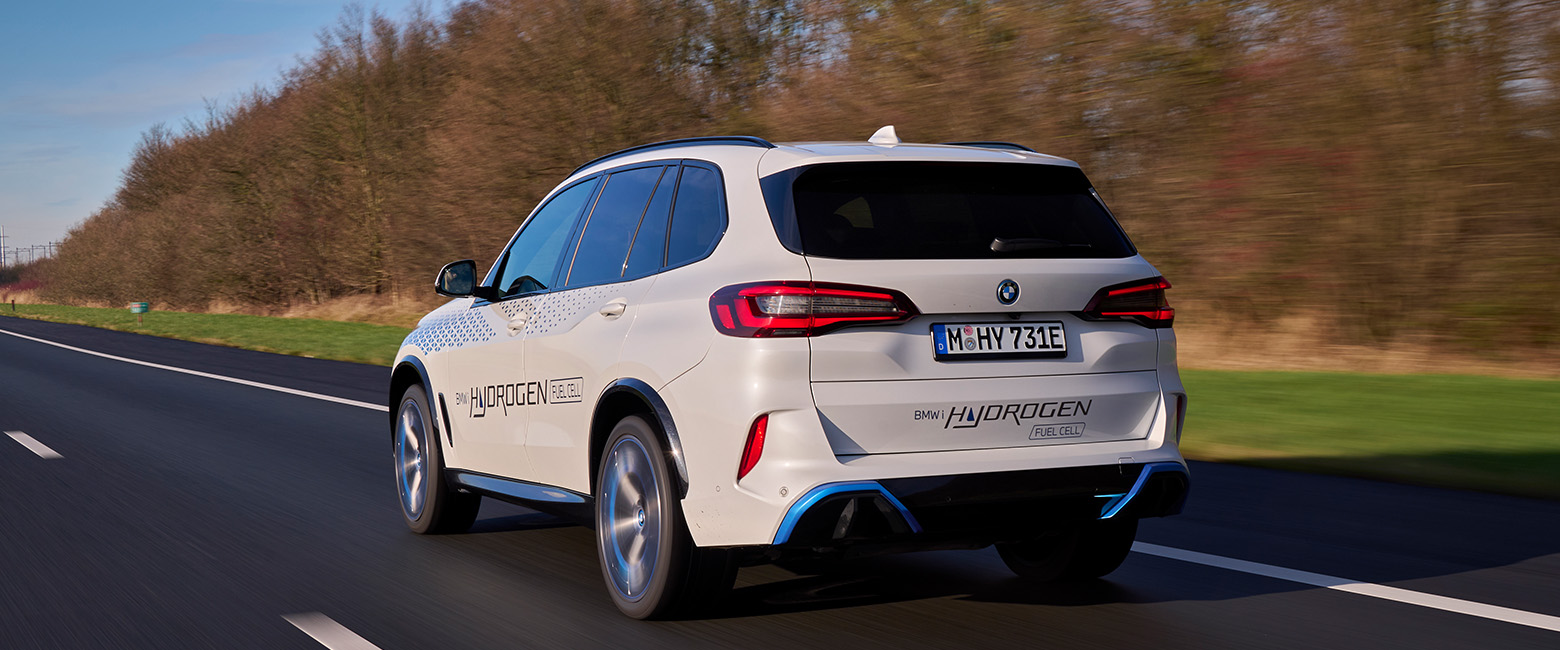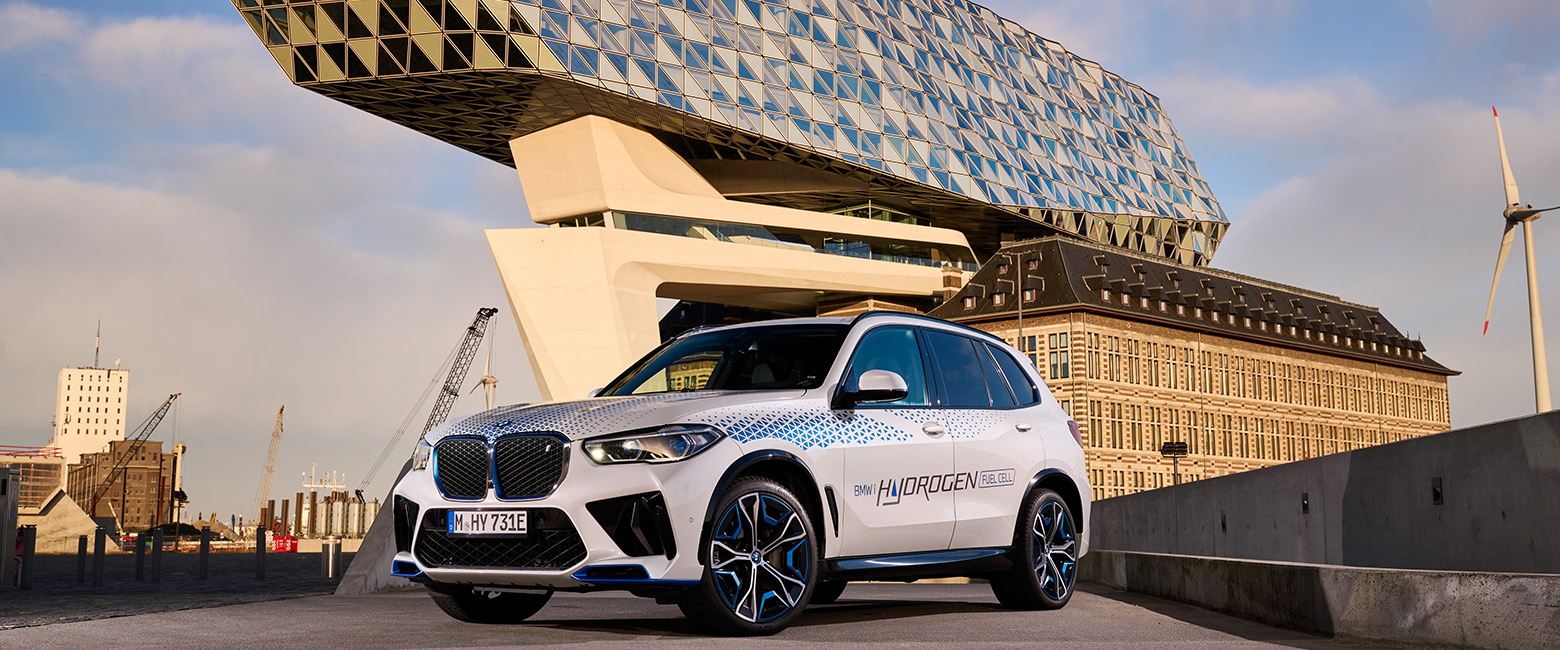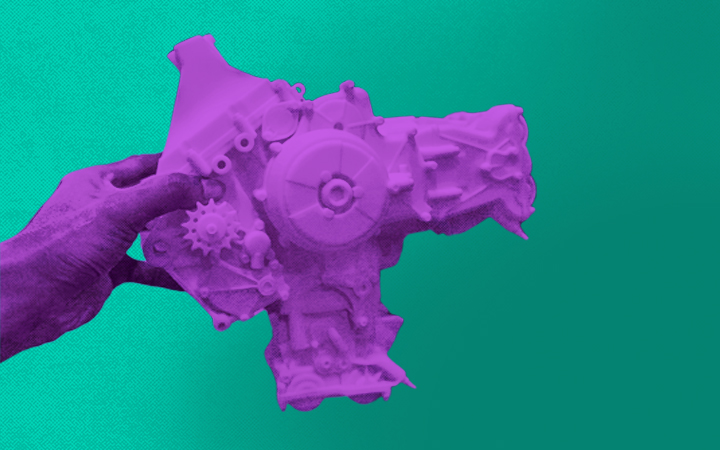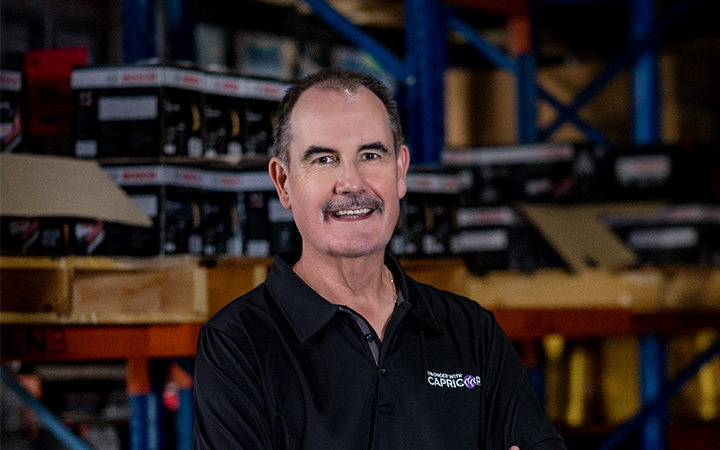The fleet of almost 100 vehicles will be used internationally for demonstration and trial purposes for various target groups. This active driving experience will be the first chance for people not involved in the development process to see what the BMW iX5 Hydrogen has to offer.
“Hydrogen is a versatile energy source that has a key role to play in the energy transition process and therefore in climate protection. After all, it is one of the most efficient ways of storing and transporting renewable energies”, said Oliver Zipse, chairman of BMW AG. “We should also use this potential to accelerate the transformation of the mobility sector. Hydrogen is the missing piece in the jigsaw when it comes to emissions-free mobility. One technology on its own will not be enough to enable climate-neutral mobility worldwide.”
The BMW iX5 Hydrogen
Based on the current BMW X5, the iX5 Hydrogen was first unveiled as a concept at the 2019 International Motor Show in Germany. Initial prototypes were made available at the 2021 International Mobility Show, where visitors were able to experience them as shuttle vehicles. Its hydrogen fuel cell system is further proof of the BMW Group’s expertise in electric drive technologies, as it continues the development of hydrogen fuel cell technology as an additional option for emission-free mobility.
The BMW Group produces highly efficient fuel cell systems for the pilot fleet at its in-house competence centre for hydrogen in Munich. This technology is one of the core elements in the BMW iX5 Hydrogen and generates a high continuous output of 125 kW.
BMW’s technological expertise
A chemical reaction takes place in the fuel cell between gaseous hydrogen from the tanks and oxygen from the air. Maintaining a steady supply of both elements to the fuel cell’s membrane is crucial for the drive system’s efficiency. In addition to the technological equivalents of features found on combustion engines, such as charge air coolers, air filters, control units and sensors, the BMW Group also developed special hydrogen components for its new fuel cell system. These include the high-speed compressor with turbine and a high-voltage coolant pump.
The BMW Group sources the individual fuel cells from the Toyota Motor Corporation, as the two companies have enjoyed a partnership for many years and have been collaborating on fuel cell drive systems since 2013.
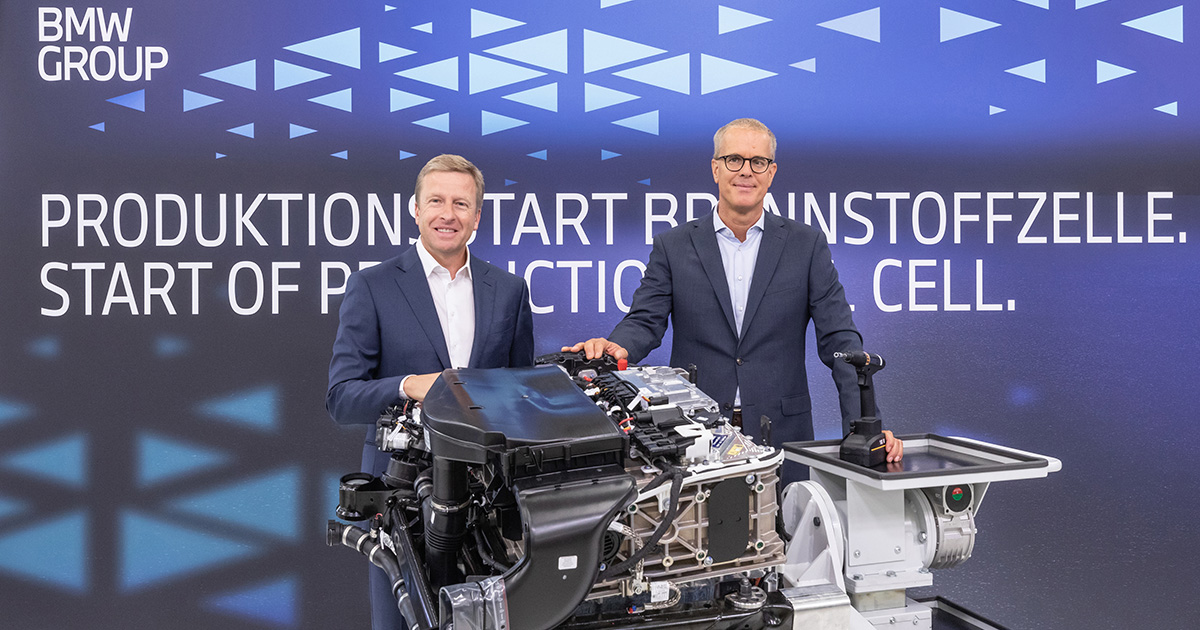
Fuel cell systems are manufactured in two main steps, based on the individual fuel cells. Firstly, the cells are assembled into a fuel cell stack, followed by fitting all the other components to produce a complete fuel cell system.
Stacking the fuel cells is largely a fully automated process. Once the individual components have been inspected for any damage, the stack is compressed by a machine with a force of five tonnes and placed in a housing. The stack housing is manufactured in the light metal foundry at BMW Group Plant Landshut using a sand-casting technique, where molten aluminium is poured into a mould made from compacted sand mixed with resin in a process specially designed for this smallseries vehicle.
The pressure plate, which delivers hydrogen and oxygen to the fuel cell stack, is made from cast plastic parts and light-alloy castings, also from the Landshut plant, and forms a gas-tight and watertight seal around the stack housing.
The final assembly of the fuel cell stacks includes a voltage test along with extensive testing of the chemical reaction within the cells. Finally, all the different components are fitted together in the assembly area to produce the complete system. During this stage, further components are fitted, such as the compressor, the anode and cathode of the fuel-cell system, the high-voltage coolant pump and the wiring harness.
In combination with a highly integrated drive unit using fifth-generation BMW eDrive technology (the electric motor, transmission and power electronics are grouped together in a compact housing) at the rear axle and a power battery with lithium-ion technology developed specially for this vehicle, the powertrain channels maximum output of 295 kW onto the road. In coasting overrun and braking phases, the motor also serves as a generator, feeding energy back into a power battery.
Production at Munich pilot plant
The BMW iX5 Hydrogen is being built in the Group’s pilot plant at its Research and Innovation Centre in Munich. This is the interface between development and production where every new model from the company’s brands is made for the first time. Almost 900 people work in the body shop, assembly, model engineering, concept vehicle construction and additive manufacturing divisions, where they are tasked with ensuring that both the product and the manufacturing process are ready for full production.
In the case of the BMW iX5 Hydrogen, specialists in hydrogen technology, vehicle development and initial assembly of new models have also been working closely to integrate the cutting-edge drive and energy storage technology.
Hydrogen allows rapid refuelling
The hydrogen needed to supply the fuel cell is stored in two 700-bar tanks made of carbon-fibre reinforced plastic. Together these hold almost six kilograms of hydrogen, enough to give the BMW iX5 Hydrogen a range of 504 km in the WLTP cycle. Filling up the hydrogen tanks only takes three to four minutes, so the BMW iX5 Hydrogen can also provide the driving pleasure for which BMW is renowned over long distances, with just a few, short stops along the way.
